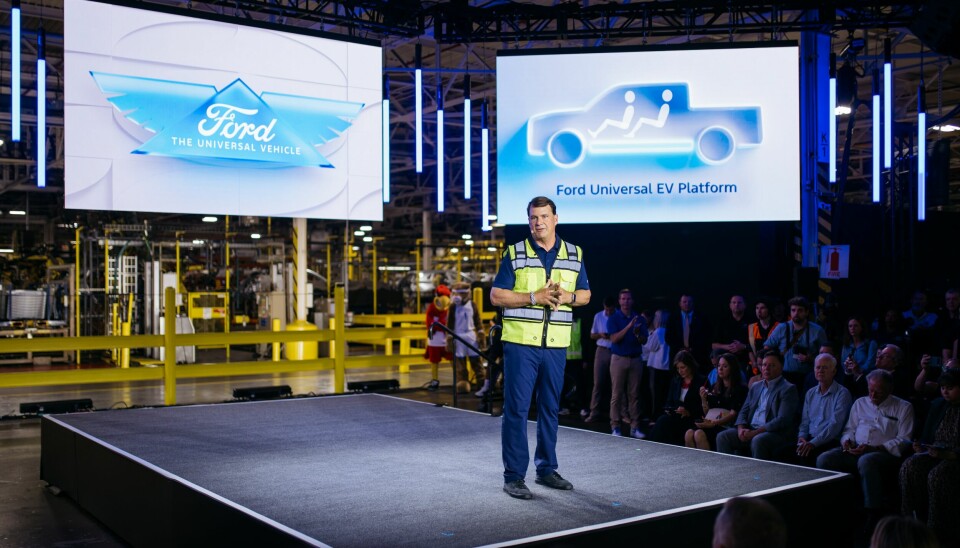Ford's battery buildout
Ford highlights in-plant logistics gains in $5 billion rollout of new EV platform and production system

Ford launches Universal EV Platform and “assembly tree” production process, backed by $5 billion in US investment and a strong emphasis on supply chain localisation and in-plant logistics efficiency.
Ford has unveiled its new Universal EV Platform and Universal EV Production System, both designed to streamline electric vehicle production while boosting domestic manufacturing. The platform and assembly process are being implemented as part of a $5 billion total investment across two US sites.
According to Ford, $2 billion is new investment committed to upgrading the Louisville Assembly Plant in Kentucky. The remainder, $3 billion, was previously announced for BlueOval Battery Park Michigan, where Ford is preparing to produce advanced lithium iron phosphate (LFP) batteries.
The company emphasised that BlueOval Battery Park Michigan is a wholly owned Ford facility, distinct from the BlueOval SK joint venture plants in Kentucky and Tennessee, which produce nickel cobalt manganese (NCM) batteries through a partnership with SK On.
Innovating EV engineering and production
The Universal EV Platform, developed by a dedicated “skunkworks” team, supports a modular, software-defined architecture that will underpin a new family of Ford EVs. The design allows for over-the-air updates, greater efficiency and scalability across multiple body styles.
According to Ford, the platform reduces parts by 20% compared to a typical vehicle, uses 25% fewer fasteners and integrates large unicastings to simplify front and rear sub-assemblies. The wiring harness is 1.3km shorter and 10kg lighter than that of Ford’s first-generation electric SUV.
The first model on the new platform will be a midsize, four-door electric pickup, scheduled for launch in 2027. Ford reports that this pickup will be built at the Louisville Assembly Plant, which is undergoing a 52,000 sq ft expansion and receiving a digital infrastructure upgrade to accommodate the new production system.
Ford’s Universal EV Production System introduces an “assembly tree” layout that replaces the traditional linear assembly line. Three sub-assemblies, the front, rear and middle section (which includes the battery as a structural component), are built in parallel and then joined together.
The system reduces the number of dock-to-dock workstations by 40% and improves ergonomics by delivering parts in pre-kitted modules with all required tools. Ford expects the new approach to cut total production time by up to 40%, with a net improvement of 15% after reinvesting some of that time into quality and automation.
“We live and breathe continuous improvement, but sometimes you need a dramatic leap forward,” said Bryce Currie, Ford vice president, Americas manufacturing. “We expect ergonomic breakthroughs and complexity reduction – through the elimination of parts, connectors and wiring – to deliver significant quality and cost wins.”
Localised battery production
Ford’s new electric pickup will use prismatic LFP batteries that are both nickel- and cobalt-free. Starting next year, these batteries will be manufactured at BlueOval Battery Park Michigan. The batteries will also serve as a structural component, forming the floor of the vehicle’s centre section and contributing to space efficiency and a lower centre of gravity.
Ford expects this investment will create or secure nearly 4,000 direct jobs while strengthening its domestic supply chain with dozens of new US-based suppliers.
“We found a path to be the first automaker to make prismatic LFP batteries in the US,” said Jim Farley, president and CEO of Ford. “This had to be a strong, sustainable and profitable business.”








